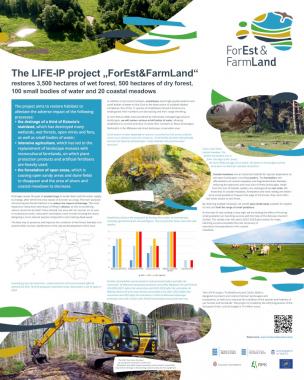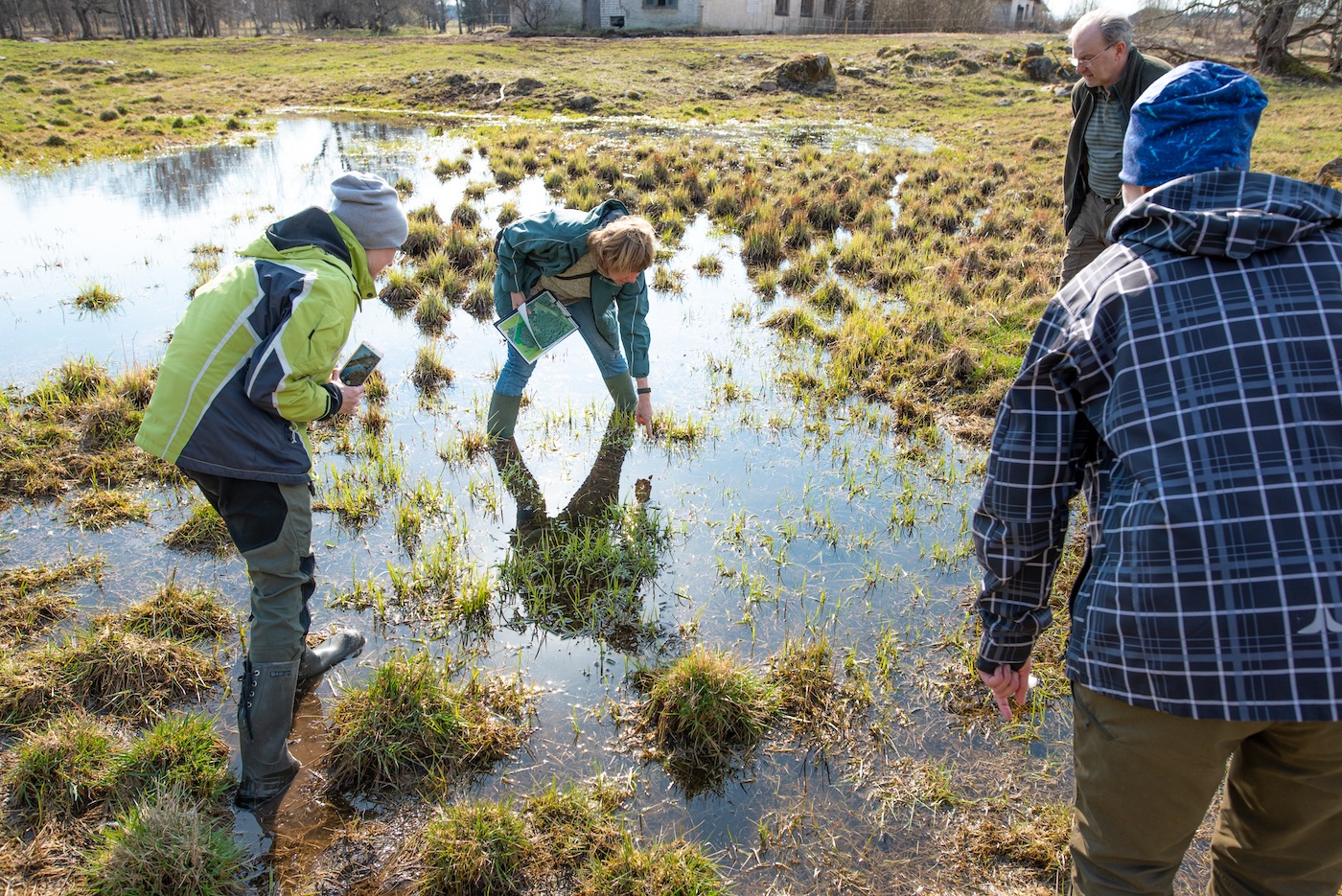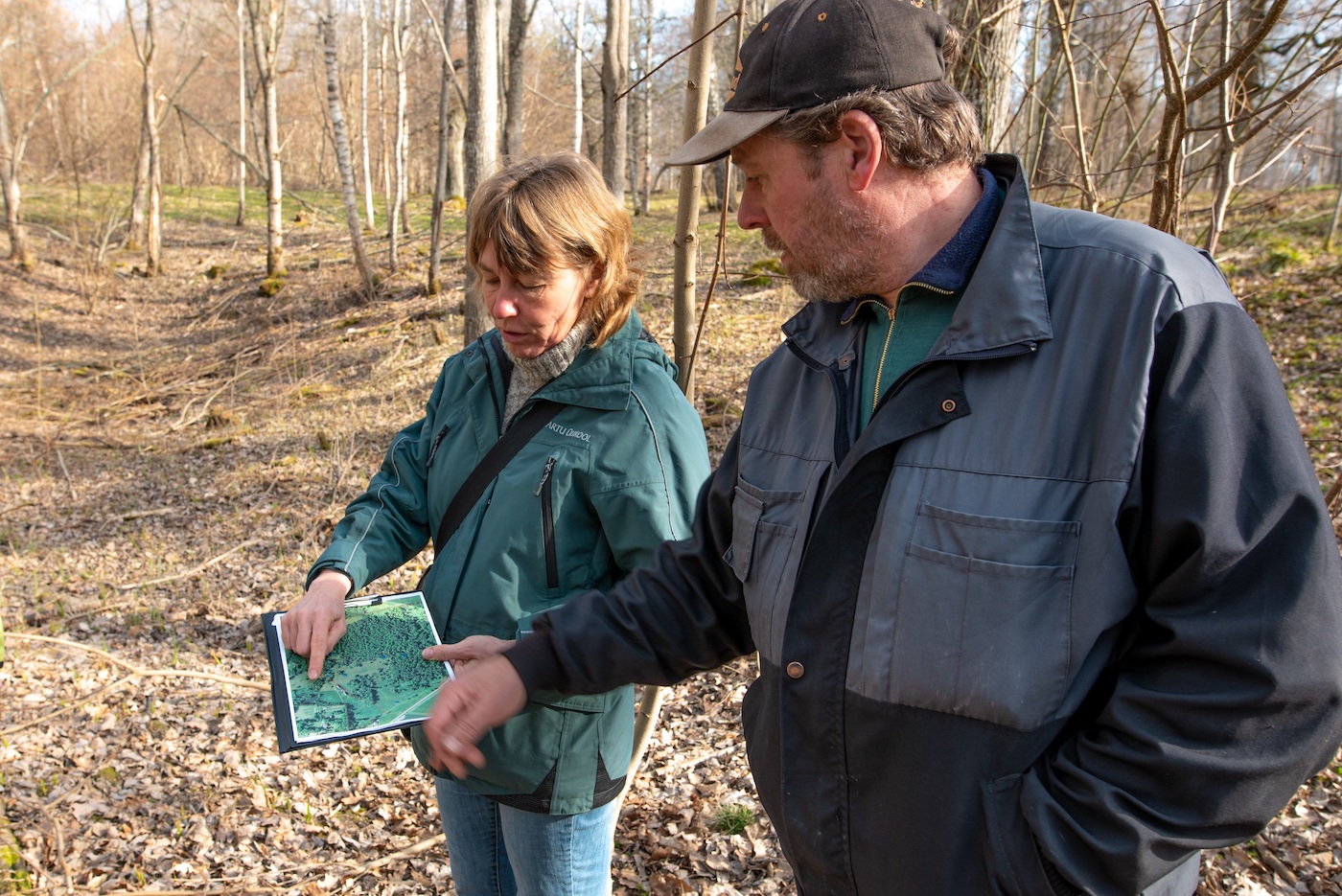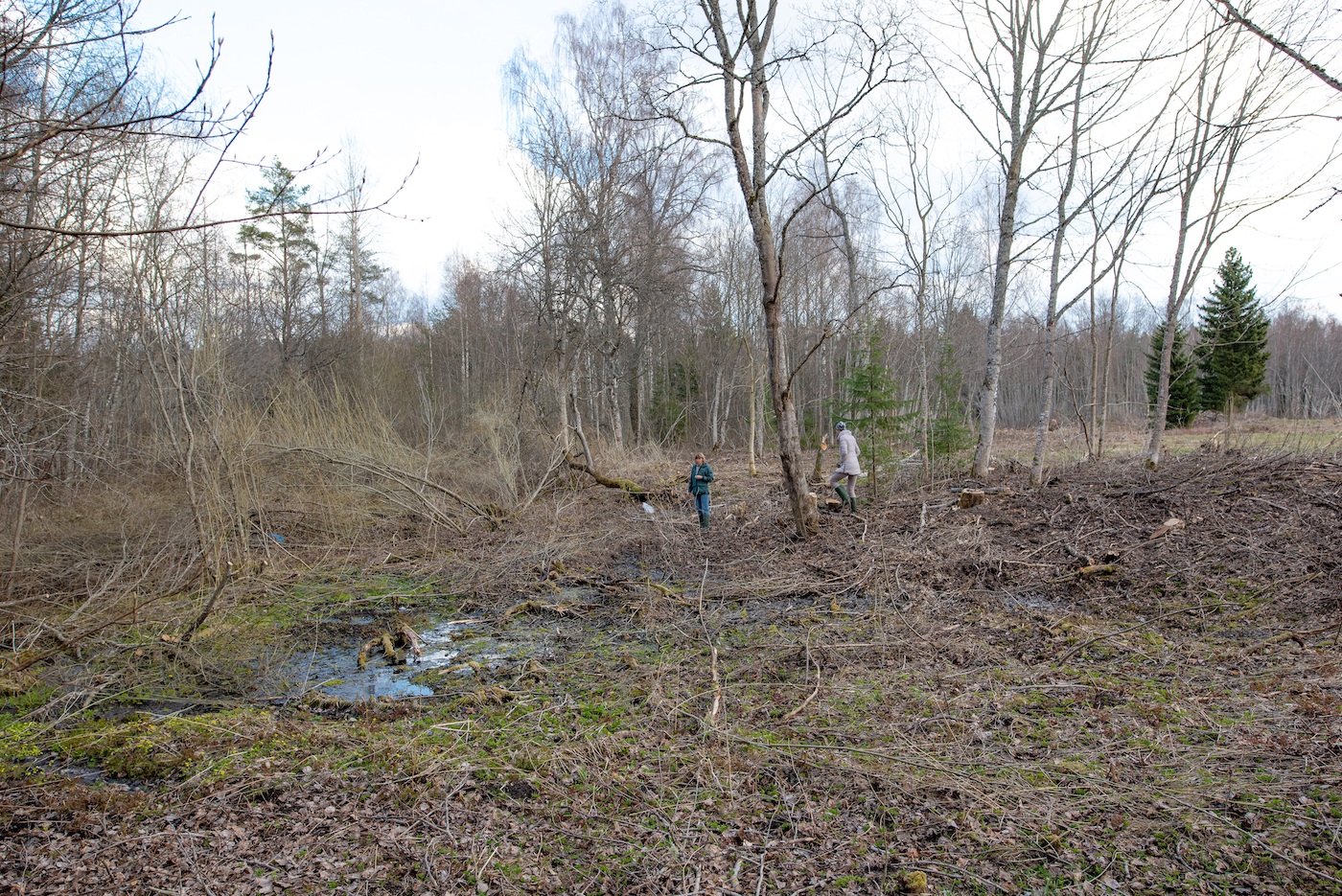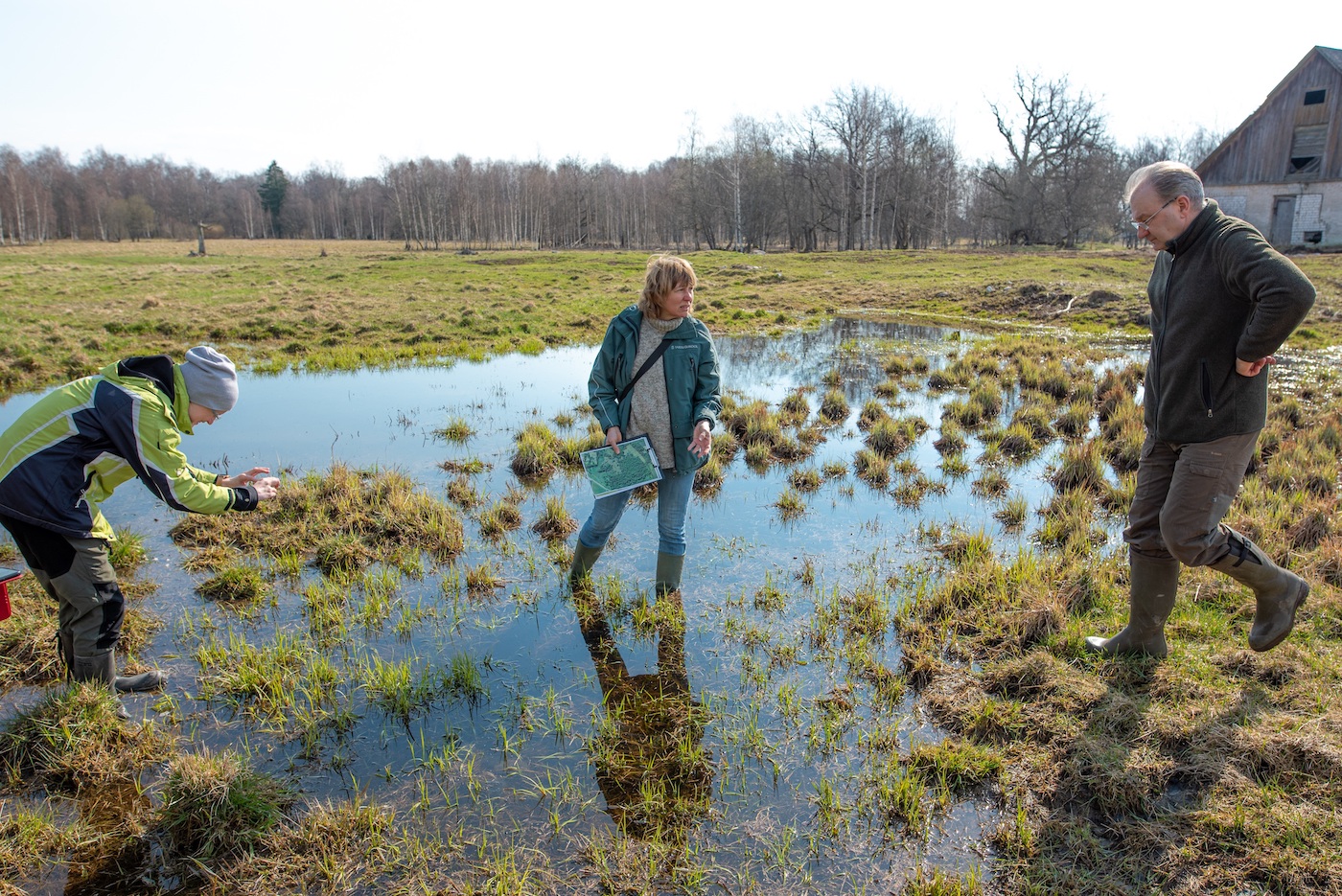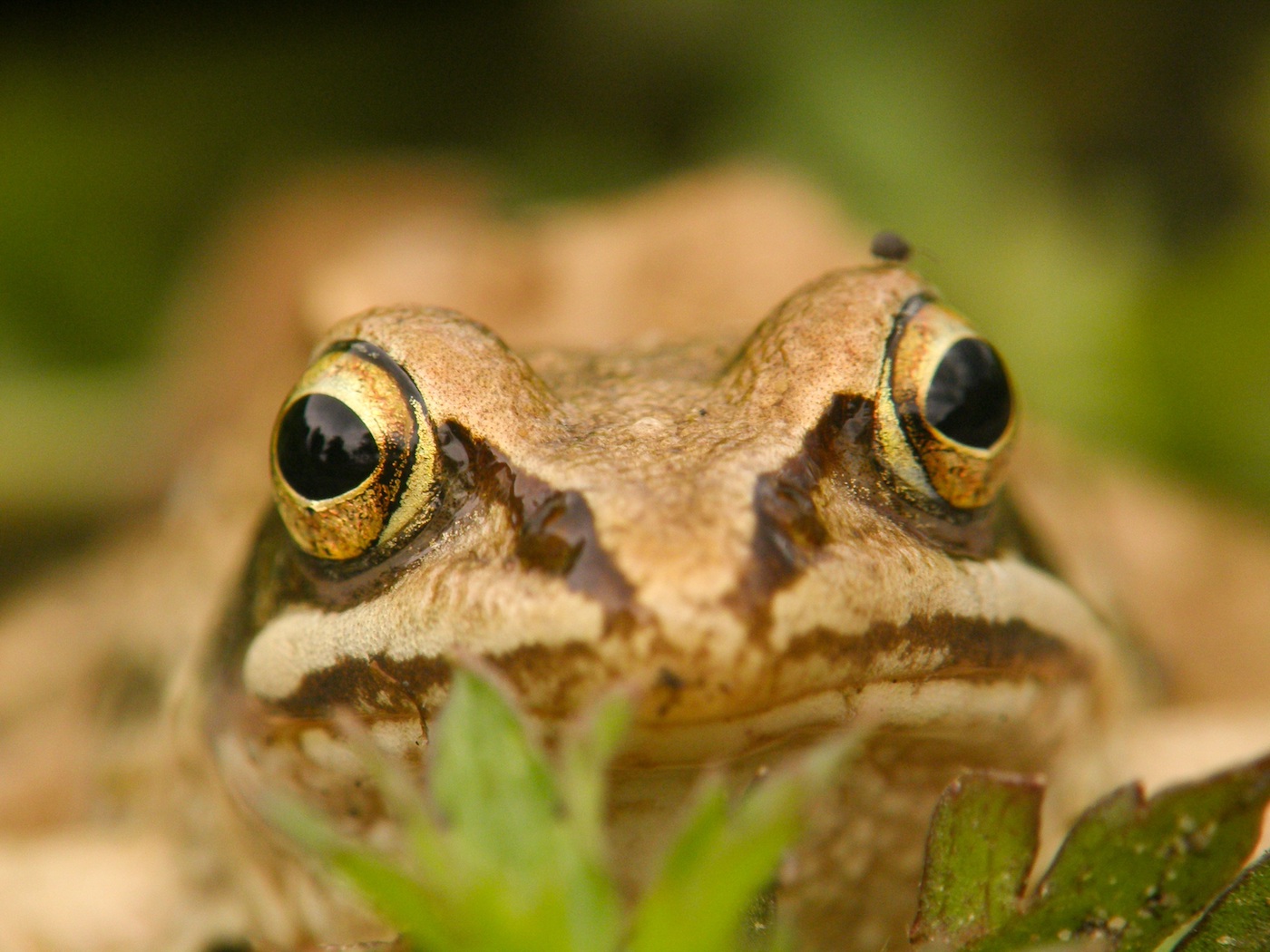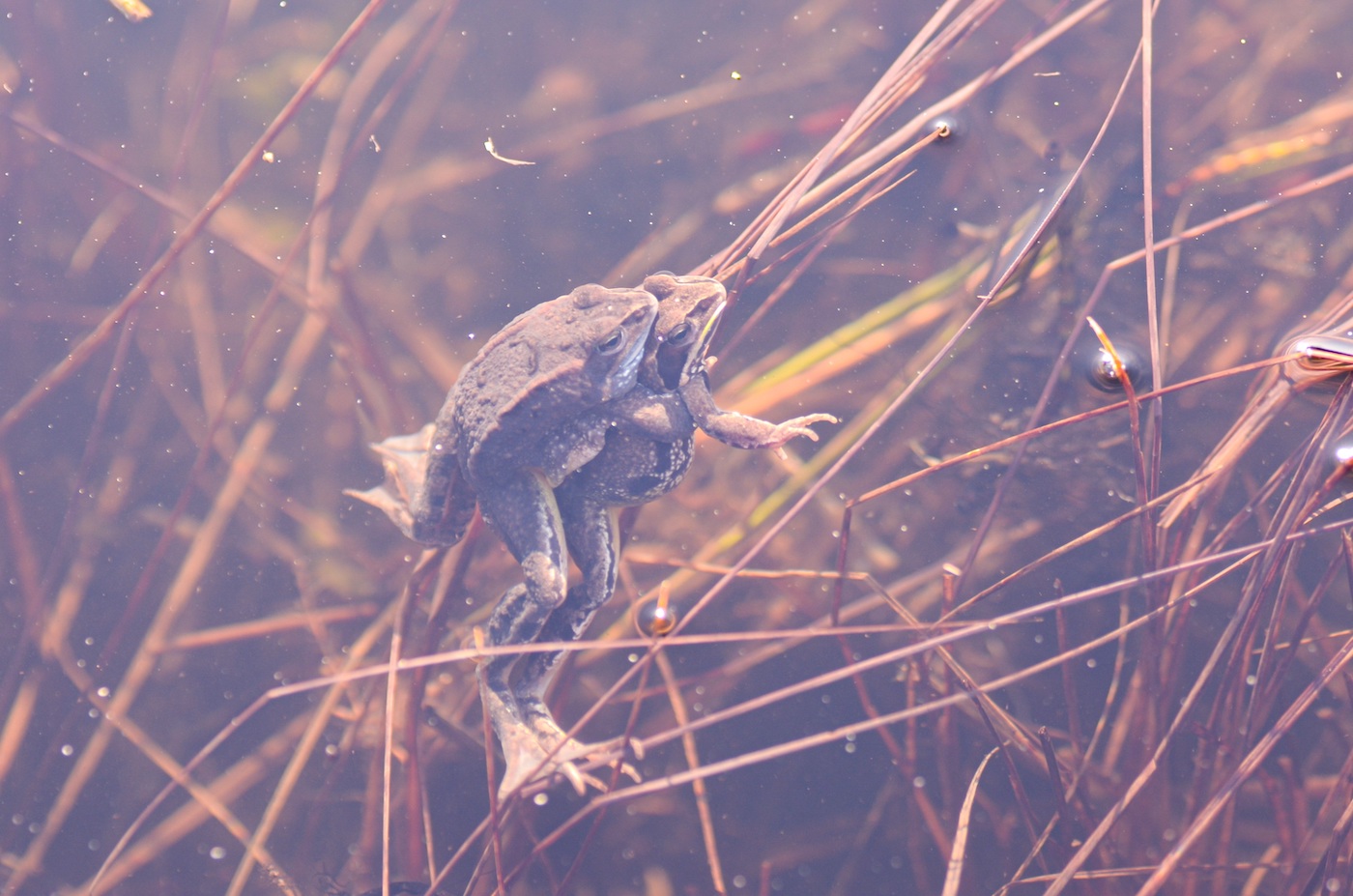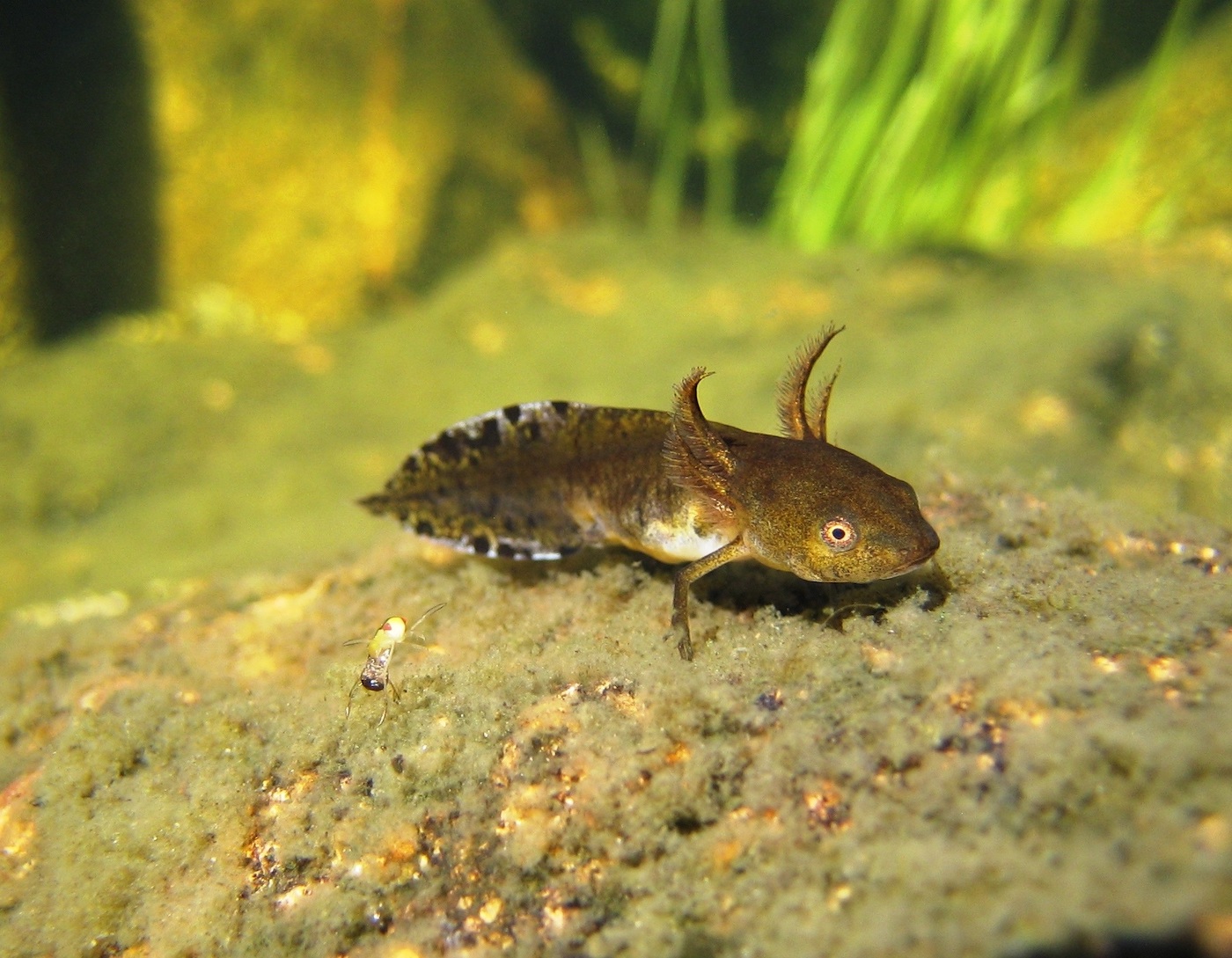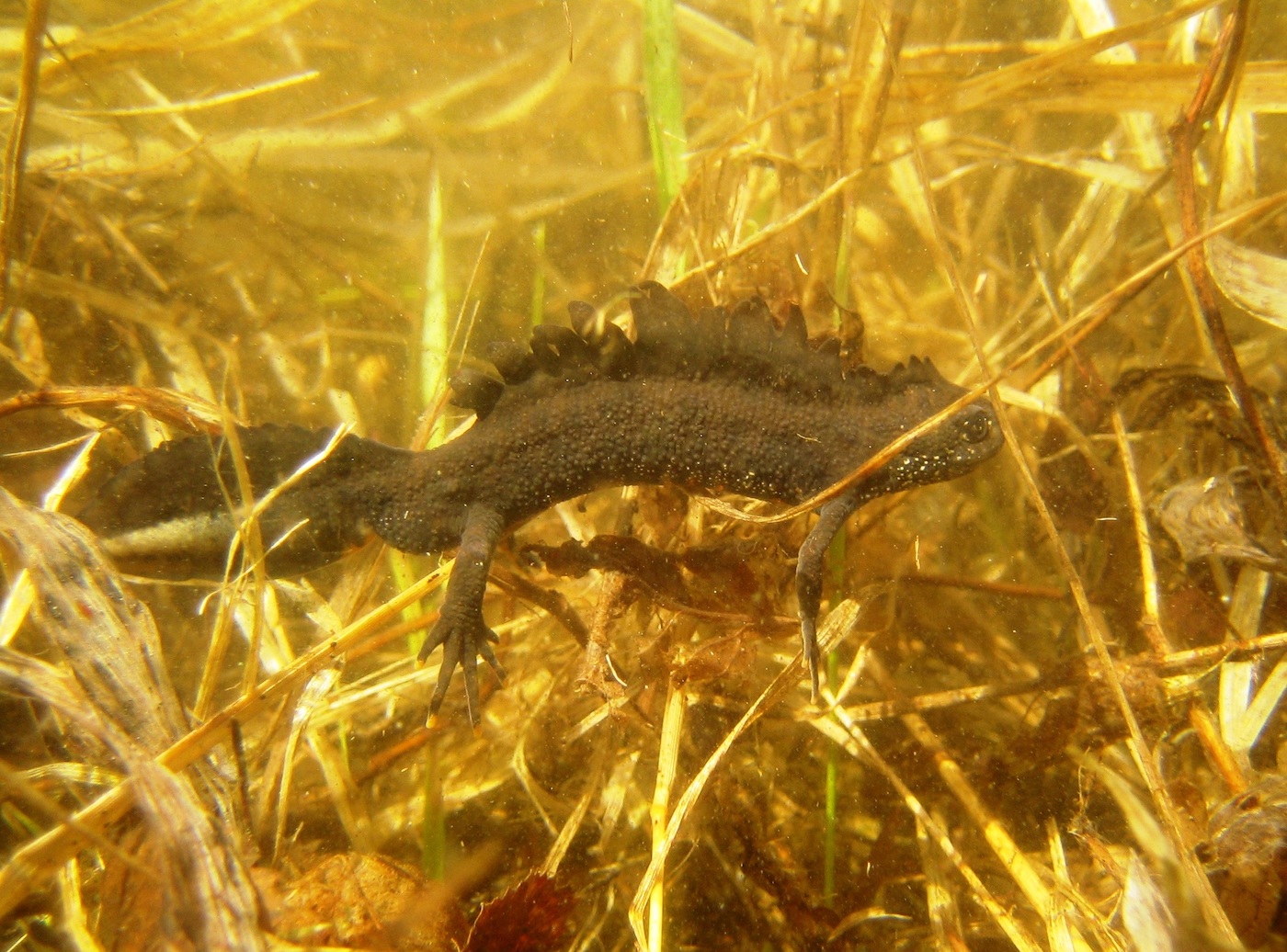Although at first glance, Estonia seems relatively natural – we have many forests, large protected areas, and well-preserved bog landscapes – many of the habitats of amphibians, as well as other species groups, have been completely destroyed or significantly reduced since the second half of the twentieth century.
- As a result of afforestation, sandy regions and sand dunes have nearly disappeared from our landscapes, and the area of alvars and coastal meadows has decreased.
- During ditching or land improvement, a third of the Estonian mainland has been drained and many wet forests, transition mires, and mires have been destroyed.
- As a result of intensive agriculture, mosaic landscapes have been replaced by monocultural agricultural parcels where plant protection products and artificial fertilisers are used extensively.
The destruction of habitats and the deterioration of their quality is also one of the reasons why, according to the assessment of the 2018 Red Data Book, five amphibian species living in Estonia are threatened and the European green toad is completely extinct.
As amphibians need both terrestrial and aquatic habitats, their successful reproduction and species diversity are ensured by a collection of small bodies of water with different habitats in nature. To restore such habitats, experts from the University of Tartu have selected nine Natura sites adjacent to intensively managed agricultural landscapes, where a total of 100 amphibian breeding sites will be restored.
The Environmental Board enters into a goodwill agreement with the owners of small bodies of water located on private land to be restored: the landowner receives the restored body of water as a gift and is expected not to pollute the body of water or introduce fish there. The owner can continue to use the restored water body in the usual way: for bathing, extracting irrigation water, etc.
In 2021, we inventoried and restored 17 bodies of water in the Porkuni and Mädapea Oak-forest Landscape Conservation Area, in Lääne-Viru County. These areas are surrounded by large agricultural parcels, although several amphibian species characteristic to Lääne-Viru County have survived there: the moor frog, the grass frog, the northern crested newt, and the smooth newt. In previous years ,the common spadefoot also lived there, having since disappeared.
In 2022 21 small water bodies were restored in the Luiste Special Conservation Area in Lääne County, and in the Mõdriku-Roela Landscape Protection Area in Lääne-Viru County.
In 2023 25 small water bodies and in 2024 12 small water bodies were inventoried and restored in South Estonia.
Further reading:
- Common spadefoot (pdf)
Amphibians balance the ecosystem. As predators, they mostly prey on invertebrates, including both pathogens and plant pests. At the same time, amphibians themselves, during all stages of their development, serve as a vital source of food for other animals and birds.
When there are few frogs in our landscapes, it affects all other species that depend on or feed on frogs.
